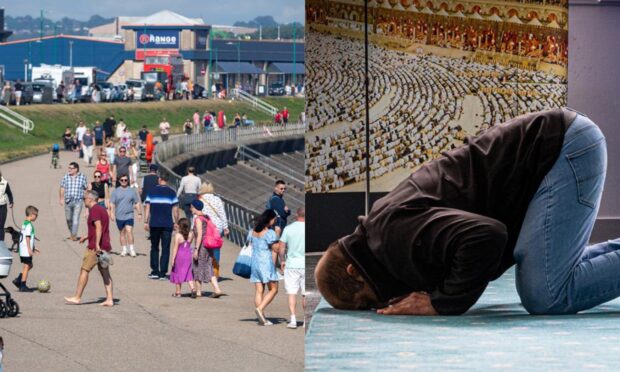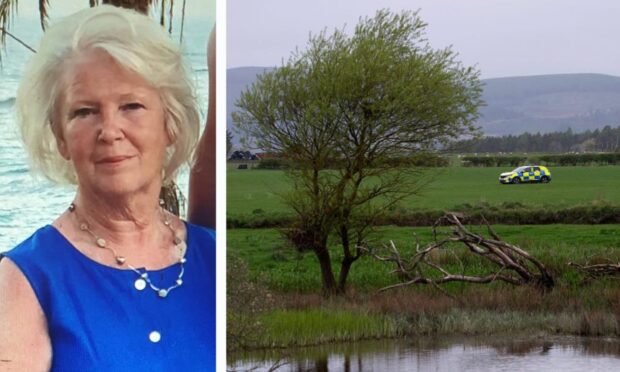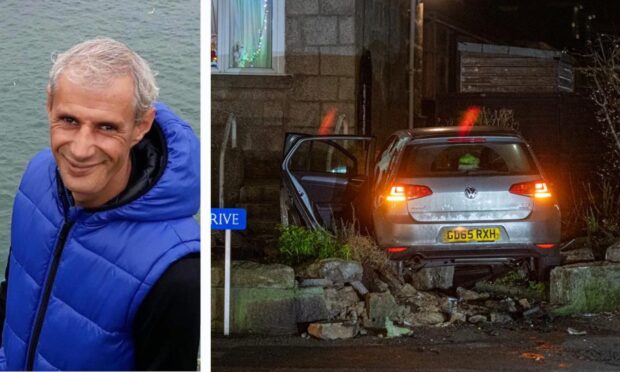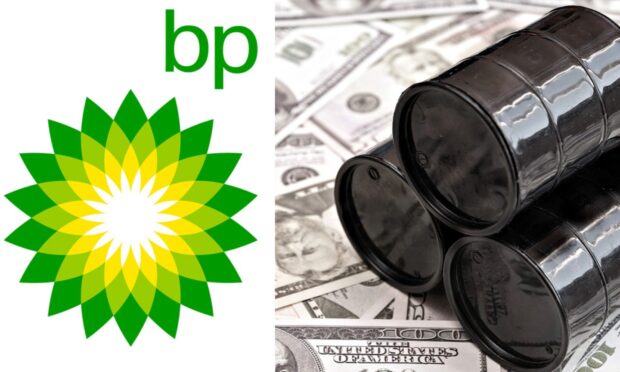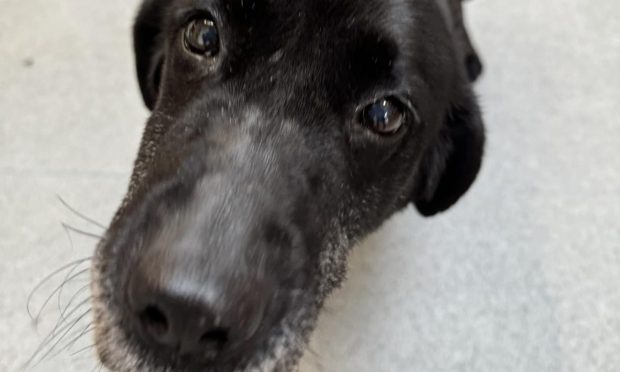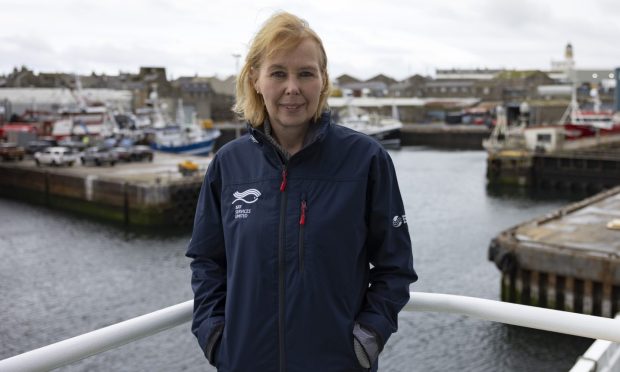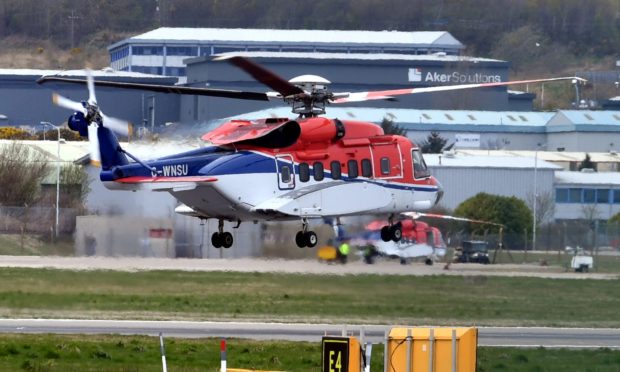Aberdeen bus passengers will ride on the world’s first hydrogen-powered double deckers from tomorrow.
The new 60-seaters are hoped to tackle air pollution in Aberdeen, saving a kilogram (2.20lbs) of CO2 every kilometre (0.62 miles) they are driven.
They also run “virtually silently”, a council spokeswoman said, and take 10 minutes to refuel.
Each vehicle cost around £500,000, as part of a £8.3million city council project funded also by the European Union and Scottish Government.
People travelling on First’s number 19 route from Peterculter to Tillydrone will be able to ride on the new cutting edge, zero emissions buses from early tomorrow morning.
A small number of the high tech double decker buses, which produce only water, were used in a pilot in the Granite City late last year.
But tomorrow’s launch marks the first time they have been gone into full operation and will carry passengers.
Council co-leader Jenny Laing said: “We are delighted to be launching the world’s first hydrogen double decker bus fleet onto the streets of Aberdeen.”
“Aberdeen is one of Europe’s pioneering hydrogen cities and through the work of Aberdeen City Council, the city has developed a cluster of hydrogen activity and the new double decker buses are a great addition to one of the largest and most varied fleets of hydrogen vehicles in Europe.
“They have even more advanced technology which pushes established hydrogen boundaries and will greatly assist us in tackling air pollution in the city.”
Her co-leader Douglas Lumsden said: “It is fantastic to see the world’s first hydrogen-powered double decker buses being driven about and used by residents of Aberdeen.
“The buses show our commitment to achieving net zero and support the global energy transition as a climate positive city while cementing our position as a world leader in the energy sector as an economic driver for the city, region, Scotland and the UK.”
Aberdeen played a role in the early adoption of hydrogen vehicles, opening a bus refuelling station in 2015.
Part of a previous £19m green transport demonstration project, the Kittybrewster centre was the UK’s first.
It has since opened to the public to allow refuelling of hydrogen cars and vans too, with a second opening in Cove in 2017.
Plans are currently being drawn up for hydrogen production in the city to power the bus fleet.
Managing director at First Bus, Andrew Jarvis, said: “This marks a significant milestone in our industry and the way that people choose to travel.
“Scotland will be home to COP26 later this year and it is fantastic to know that we’ll be setting a stellar example of just what can be achieved with new technology as we welcome leaders from around the world.
“First Bus serves thousands of customers in Aberdeen and we know that so many of our customers take the bus because they care about our planet and reducing their carbon footprint.
“We’re excited to now be able to offer them an even greener and quieter way of getting about the city.”
World-first hydrogen double deckers a step towards Aberdeen’s green energy industrial future
Hopes of a greener future for Aberdeen – one at the centre of Europe’s energy industry – are pinned on projects like the one which has brought the hydrogen double deckers to the city’s streets.
Council co-leader Jenny Laing said the joint initiative for hydrogen vehicles across Europe (Jive), bringing 15 of the zero-emission buses to Aberdeen at first, was key to the commercialisation of the green energy source.
It is hoped widespread adoption will lower costs of hydrogen-powered infrastructure, including heating for homes and businesses.
The EU scheme will result in around 140 new fuel cell buses being rolled out in five countries.
Mrs Laing told The P&J: “Launching the buses is a really positive step forward in our net zero journey, as a pioneering hydrogen city in Europe.
“The hydrogen double deckers will build up the fleet and also help move forward the hydrogen agenda, not just transport but heating for housing and the ultimate prize: production, storage and distribution of green hydrogen globally.
“For hydrogen to be a fuel used across the world, we need to commercialise it and make it a competitive and cost-effective investment for businesses – and the way to do that is create demand.
“We see Aberdeen having a competitive advantage in the hydrogen market as we are very well placed for the production: with offshore wind in abundance, an international asset in the new harbour development and infrastructure investment secured from the Scottish Government to move forward with a hydrogen hub.”
Delivery is outstanding on the 15th double decker in Aberdeen’s hydrogen fleet, expected to arrive next month.
Talks are ongoing about an order of another 10 double deckers for the city, estimated to cost £4.5m.
